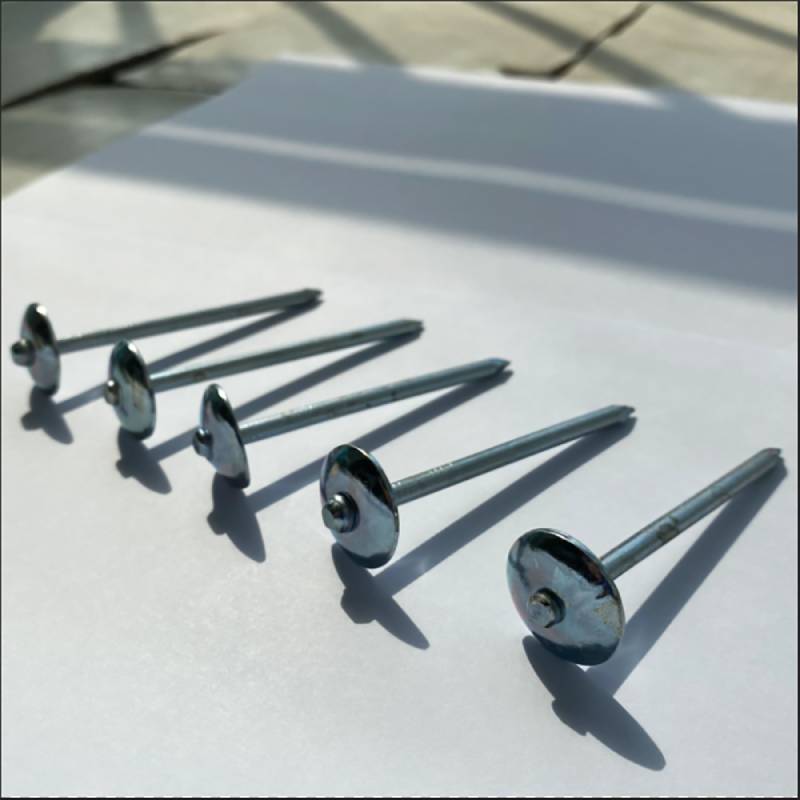Steel Nail Production Facility for Enhanced Durability and Quality Solutions
The Iron Nail Factory A Cornerstone of Industrial Innovation
The iron nail factory stands as a pivotal establishment in the realm of industrial manufacturing, representing a fusion of tradition and modern technology. From the tiny yet essential nails used in construction to the intricate ironwork in furniture, the significance of the iron nail cannot be overstated. This article explores the journey of an iron nail factory, including its historical background, manufacturing processes, advancements in technology, and the role it plays in the modern economy.
Historical Background
The production of iron nails dates back centuries, with evidence of their existence in ancient civilizations such as the Egyptians and Romans. Originally handcrafted, nails were shaped using simple tools and techniques. As societies evolved, so did the methods of nail production. The advent of the Industrial Revolution in the 18th century marked a significant turning point. Factories began to emerge, utilizing steam power and machinery to mass-produce nails and other iron products.
By the 19th century, iron nail factories had become valued assets in industrialized nations. They provided not only jobs but also essential materials for burgeoning industries such as construction, shipbuilding, and manufacturing. In this era, nails were no longer merely functional items; they transformed into symbols of industrial growth and prowess.
Manufacturing Processes
The process of manufacturing iron nails in a factory setting involves several stages. It begins with the selection of high-quality raw materials, predominantly iron and steel. The process commences with melting iron ore in a blast furnace to produce pig iron, which is then refined to remove impurities. This refined iron is rolled into wire, which serves as the primary material for nail production.
Next, the wire is cut into precise lengths before being shaped into nails. This can be done through various methods, including headings, which create the distinctive flat tops of nails, and pointing, which sharpens one end for easy insertion. The modern factories employ automated machines that enhance speed and efficiency, thereby maximizing output while minimizing labor costs.
Moreover, nail production often includes a finishing process, where nails are coated to prevent rust and corrosion. This is crucial, especially for outdoor applications where nails are exposed to harsh weather conditions. Zinc galvanization is a popular method of coating, ensuring longevity and reliability.
iron nail factory

Technological Advancements
The iron nail industry has seen significant technological advancements in recent years. Cutting-edge machinery and robotics have streamlined the manufacturing process, allowing factories to increase production rates while maintaining high levels of precision. Computer numerical control (CNC) machines are now employed to automate cutting and shaping, reducing human error and improving product consistency.
Additionally, advancements in materials science have led to the development of new types of nails. For instance, specialty nails designed for specific applications, such as framing, roofing, or drywall installation, have emerged. These innovations not only enhance performance but also cater to the evolving needs of consumers and industries alike.
Economic Impact
Iron nail factories play a critical role in the economy, particularly in regions where manufacturing is a key economic driver. They provide employment opportunities and contribute to the local economy through the purchase of raw materials and services. Moreover, the iron nails produced are fundamental components in various industries, including construction, woodworking, and even the automotive sector.
As global infrastructure projects continue to expand, the demand for iron nails remains strong. The rising trends of sustainable construction and eco-friendly materials further highlight the need for quality iron products, ensuring that these factories remain relevant in today’s market.
Conclusion
In conclusion, the iron nail factory is more than just a production facility; it is a crucial element of industry and craftsmanship. Its evolution from traditional handcrafting to advanced manufacturing techniques illustrates the importance of innovation in meeting consumer needs. As technology continues to advance, iron nail factories will undoubtedly adapt, ensuring that they remain indispensable contributors to the economy and the construction industry for years to come.
-
Space-Saving Chain Fence Hacks Vertical Gardening with Cyclone MeshNewsJul.16,2025
-
Innovations in Iron Nail Wire Production for Modern ConstructionNewsJul.16,2025
-
Creative Uses of Wire Netting Fence in Modern Landscape DesignNewsJul.16,2025
-
Barbed Wire Fence Innovations in Anti-Climb TechnologyNewsJul.16,2025
-
Architectural Uses of Umbrella Nails for Aesthetic Roof DesignsNewsJul.16,2025
-
Architectural Uses of Razor Barbed Wire in Secure Urban DesignNewsJul.16,2025




